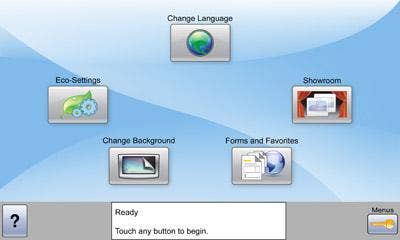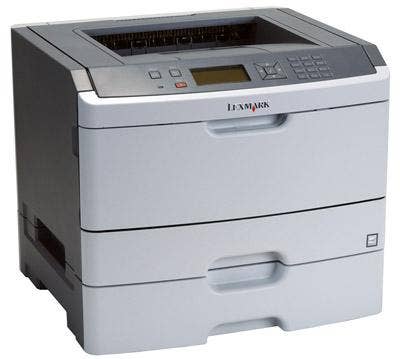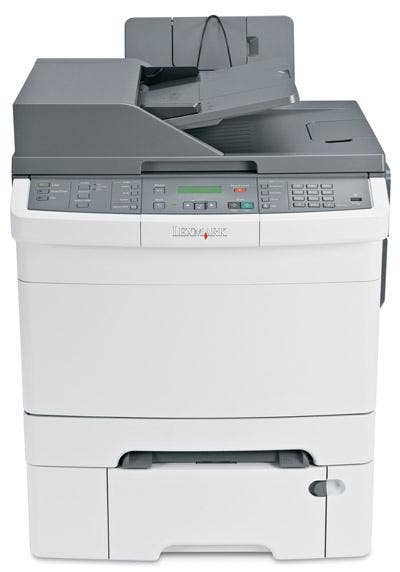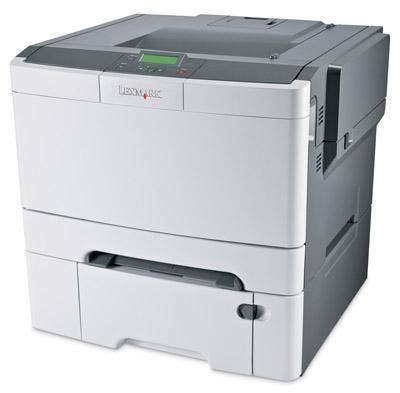Thrilling Future Releases We Want Right Now

Last week's CEATEC (Combined Exhibition of Advanced Technologies) show in Japan dazzled crowds with drool-worthy prototypes using beyond-cutting-edge technology. One of the most anticipated debuts was Toshiba's Cell Regza 55X1. The 55-inch TV is built on Toshiba's Cell Platform, which uses the same microprocessor architecture that was co-developed by the company with IBM and Sony and also is used in Sony's PlayStation 3.
The new TV makes split-screen display seem old school. The Cell Regza can display and record eight channels simultaneously (up to 26 hours).
The Cell Regza goes on sale in Japan in December for one million yen or a little more than $11,000. There's no word on when it will hit U.S. shores.

Thanks to Panasonic, you'll soon be able to watch movies in 3-D in the privacy of your home while wearing geeky glasses. The electronics giant showed off a prototype of a 50-inch full HD, 3-D-compatible plasma display panel (PDP). To watch in 3-D, the TV comes with high-precision active shutter glasses that use new technology to reduce double images that occur when left- and right-eye images are alternated on the panel.
The new PDP and glasses have evolved from Panasonic's world's-first full HD 3-D plasma home theater system that was developed in 2008 and comprised a 103-inch PDP and a Blu-ray disc player. Panasonic shrunk down the enormous screen, saying that it expects the 50-inch model will be the most popular with consumers.
Panasonic expects to launch the products in Japan, Europe and the U.S. in 2010 but has not disclosed prices.

A few companies have been working on bendable organic LED technology for several years. At CEATEC, Sony unveiled a prototype, a notebook with a 2.5-inch flexible OLED screen that is just 0.2mm thick. Also turning heads was a striking e-book reader and wrist device using the bendy stuff -- nice to look at but not yet functional.

Scientists at the Fraunhofer Heinrich Hertz Institute in Berlin demoed the iPoint 3D, a touchless 3-D device that turns a finger into a remote control. The detection unit of the iPoint 3D is roughly the same size as a conventional keyboard and features two standard FireWire cameras that use infrared light to capture the user's hand movements in realtime. Using HHI-developed software, 2-D or 3-D objects shown on a display can be rotated, scaled, dragged and dropped.

NTT DoCoMo demonstrated a device that features a headset integrated with eye-motion sensors that let users control MP3s and e-mails just by moving their eyes while looking at a specially equipped screen. Can you say "Cross-Eyed Mary"?